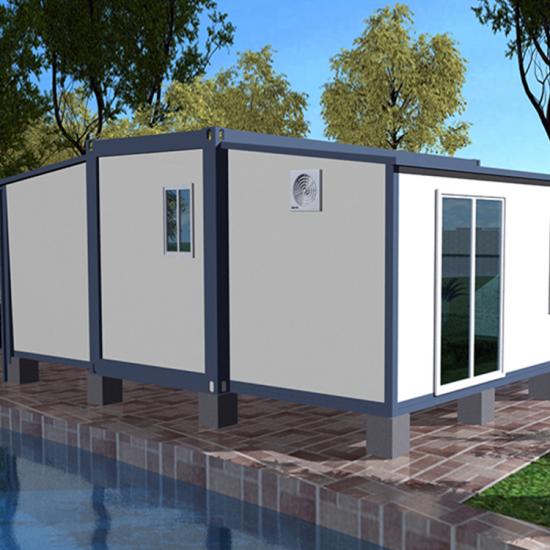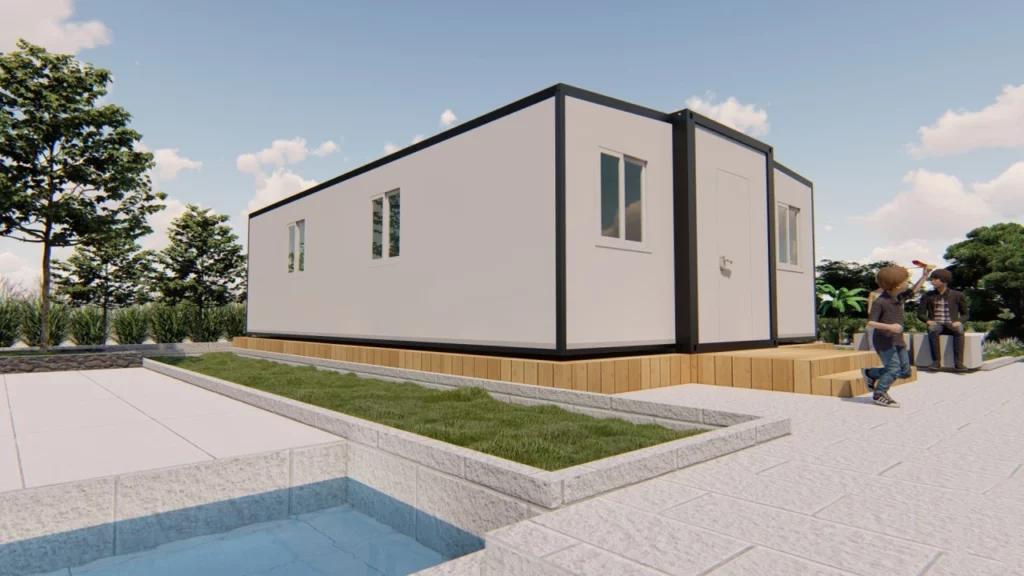In the dynamic realm of modern architecture, sea container buildings have emerged as a revolutionary force, transforming steel containers into functional, sustainable structures. This innovative approach not only repurposes maritime containers but also addresses pressing concerns about eco-friendly construction and adaptability.
Adaptive Repurposing:
Sea container building exemplify adaptive repurposing, breathing new life into retired shipping containers. By seamlessly integrating these containers into construction projects, architects unlock a plethora of design possibilities, redefining the conventional notion of space utilization.
Efficient Use of Resources:
At the heart of sea container building lies an efficient use of resources. By repurposing existing containers, construction minimizes waste and reduces the environmental impact associated with traditional building materials. This approach aligns seamlessly with the global shift towards sustainable, responsible architecture.
Versatility in Design:
The versatility in design is a hallmark of sea container buildings. Architects harness the inherent modularity of containers to create diverse structures, from residential homes to commercial spaces. This adaptability allows for a wide array of configurations, catering to the unique requirements of each project.

Seamless Integration with Nature:
Sea container building, often designed with large windows and open spaces, seamlessly integrate with their natural surroundings. This creates an immersive and sustainable living experience, with abundant natural light and ventilation, fostering a connection between the built environment and nature.
Elevated Sustainability:
The sustainability quotient of sea container buildings is a driving force behind their increasing popularity. Beyond their eco-friendly construction, many of these structures incorporate green technologies such as solar panels and rainwater harvesting systems, further reducing their environmental footprint.
Cost-Effective Construction:
Sea container buildings offer a cost-effective alternative to traditional construction methods. The use of containers as the primary building blocks significantly reduces material and labor costs. This affordability not only challenges the conventional norms of construction but also opens up new possibilities for budget-conscious individuals.

Embracing Modern Living:
Contrary to preconceived notions, sea container building seamlessly embraces modern living. These structures are not limited by their industrial origins; instead, they effortlessly integrate modern amenities, smart home technologies, and contemporary finishes, offering a harmonious blend of industrial aesthetics and comfort.
Global Adoption:
As the advantages of sea container building become increasingly apparent, their global adoption is on the rise. Architects worldwide are embracing this innovative approach, creating a wave of change in the architecture and construction industries. The adaptability, sustainability, and cost-effectiveness of sea container buildings make them a promising solution for diverse housing and commercial needs.
In conclusion, sea container building symbolizes a transformative wave in architecture, redefining the boundaries of design, sustainability, and affordability. As the world seeks innovative solutions to address the challenges of the 21st century, sea container buildings stand as a testament to the potential of adaptive repurposing and environmentally conscious construction. The maritime journey of these containers doesn’t end at the port; it extends into a promising future of sustainable, resilient architecture.